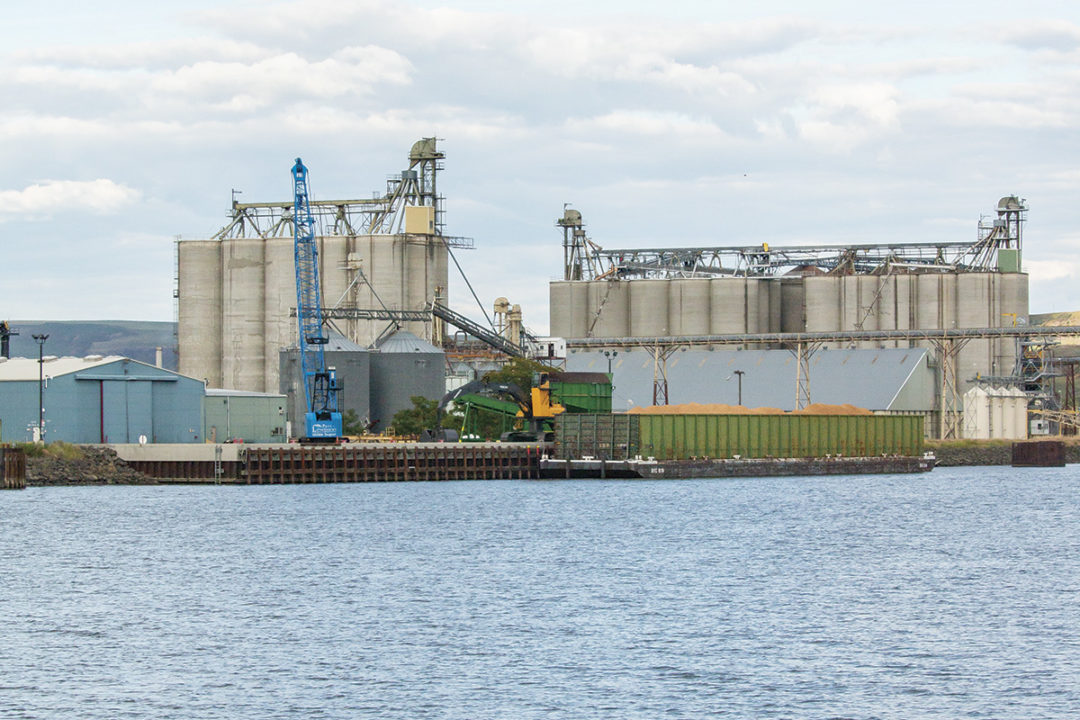The year 2022 has been very busy for operations of facilities along the Columbia Snake River System. Multiple studies have been commissioned, litigation persists (including settlement discussions) and collaborative discussions are taking place among several tribes and stakeholders. Below is a summary of some of the items we continue to follow.
Murray-Inslee report
In August, Sen. Patty Murray and Gov. Jay Inslee, both of Washington, released their long-awaited report on the benefits of replacing lower Snake River dams (should they be breached). The report concluded the total cost would be $10 billion to $31 billion but also acknowledged there were several costs that could not be quantified. The report also concluded that breaching could not occur unless, and until, the benefits of the dams were replaced (i.e., transportation, power, etc.). Interestingly, the report pointed to a very similar concept released by Idaho’s Congressman Mike Simpson in 2021.
You can view the report here.
NWPCC-E3 report
In July, the Northwest Power and Conservation Council (NWPCC) received information on a draft report they had commissioned by Energy and Environmental Economics Inc. (E3) to identify what it would take to replace the power generated at the lower Snake River dams. The report concluded it would cost at least $12 billion (if using technologies that are not yet commercially viable) and could cost as much as $77 billion (if using technologies currently available).
You can view the report here.
Litigation and negotiations
In 2020, the Corps of Engineers, Bureau of Reclamation and NOAA fisheries (the agencies) released the last round of environmental analysis relating to operations of the Columbia Snake River power system (the Columbia River System Operations Environmental Impact Statement or CRSO EIS). Oregon, several tribes and conservation groups throughout the region immediately challenged the analysis in federal court. This marked a continuation of litigation in the region that has persisted for over two decades. This time, however, a new wrinkle has been introduced: the Biden administration.
In the summer of 2021, the Council on Environmental Quality (CEQ), the arm of the administration that oversees environmental issues, engaged the parties to pause the litigation. In July 2022, the “stay” was extended through August 2023. At this time, CEQ, in partnership with the Federal Mediation and Conciliation Service (FMCS) has engaged the parties and tribes in discussions to find a long-term solution. It is important to understand that this process is not a consensus-building process. Furthermore, several of the defendant-intervenors (i.e., those representing navigation and hydropower interests) have been held to the margins of some of those discussions. Given that the administration is not attempting to find a consensus-driven solution, and that some of the parties are being held to the margins, it is difficult to see a path of success for this process. Water users are further frustrated that they are not permitted to participate in the process because they are not parties to the litigation.
Columbia Basin Collaborative
Notwithstanding the frustration relating to the litigation, there is hope in the region. In 2021, the region’s four states combined to create the Columbia Basin Collaborative (CBC). This collaborative, consensus-driven process includes states, tribes, stakeholders and federal agencies from throughout the region working together to find long-term solutions to restore salmon populations while protecting the values of the region. The CBC is in its early stages, but there is optimism that this process can lead to real, meaningful benefits in the region.
It is a busy time in the region. Significant time is being spent by stakeholders, including grain producers, water users, the Port of Lewiston and consumer-owned power providers to ensure that Idaho’s ag economy is protected.



.jpg?t=1687979285&width=640)




